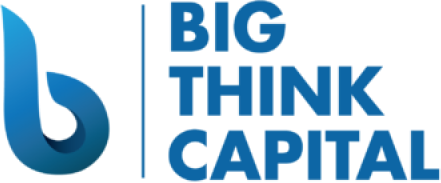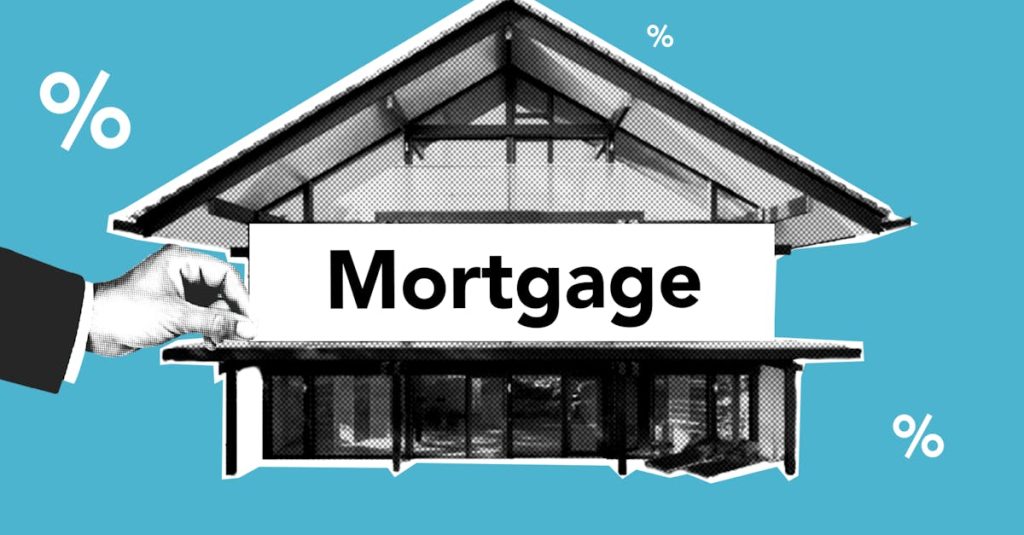Understanding the Impact of Federal Interest Rate Hikes on Small Business Loans and How to Keep Your Business Afloat
Estimated reading time: 7 minutes
- Federal interest rate hikes can increase borrowing costs for small businesses.
- Access to loans may become more challenging due to stricter lending criteria.
- Exploring alternative financing options can provide necessary capital.
- Developing a financial safety net is crucial for weathering economic uncertainties.
Table of Contents
- What Are Federal Interest Rate Hikes?
- The Ripple Effects on Small Business Loans
- Practical Strategies to Navigate Higher Interest Rates
- Looking Ahead: The Importance of Financial Literacy
- How Big Think Capital Can Help
- FAQ
What Are Federal Interest Rate Hikes?
Federal interest rate hikes occur when the Federal Reserve (often referred to as the Fed) raises the benchmark interest rates to control inflation and stabilize the economy. This affects various types of borrowing, including small business loans. When rates rise, lenders often increase the interest they charge on loans, which can impact your decision-making regarding financing.
According to the Federal Reserve Economic Data (FRED), the average interest rate on small business loans has steadily climbed in response to the Fed’s moves to counter inflation, which reached a peak of 9.1% in June 2022. The Fed’s goal is to bring inflation down to its target rate of around 2%. As of early 2025, we are seeing rates above 7%, making a significant impact on borrowing costs for small business owners.
The Ripple Effects on Small Business Loans
Increased Borrowing Costs
As interest rates rise, the cost of borrowing escalates. An increase in interest rates means your business may face higher monthly payments. For example, a business loan of $100,000 at a 5% interest rate would result in a monthly payment of approximately $1,900 over a 5-year term. If the rate increases to 7%, that payment jumps to roughly $2,000. Over the life of the loan, this can translate to thousands of dollars in additional interest payments.
Reduced Loan Approvals
Higher interest rates often lead to stricter lending criteria. Lenders become more cautious about extending credit, especially to small businesses that may already be considered higher risk. This can result in reduced access to the necessary funding to grow or sustain your operations.
Shift in Loan Types
Small business owners may need to reconsider the types of loans they pursue. For instance, fixed-rate loans, which lock in interest rates for the duration of the loan, may become more attractive as variable-rate loans potentially increase over time. Understanding the differences and implications of each loan type is vital.
Practical Strategies to Navigate Higher Interest Rates
- Evaluate Your Funding Needs
Before applying for loans, assess your current and future funding requirements. Consider the amount you need and the purpose of the funding. This understanding will help you narrow down financing options that align with your business objectives.
- Strengthen Your Financial Profile
In the current lending environment, having a strong financial profile can increase your chances of securing favorable loan terms. Some strategies include:
- Maintain a good credit score: Ensure your credit report is accurate and take steps to improve your score if needed. Paying down debts and making payments on time can have a significant impact.
- Showcase revenue stability: Lenders prefer to see consistent cash flow. Creating detailed financial statements and growth projections can help establish your business’s credibility.
- Prepare a solid business plan: A comprehensive business plan outlines how you plan to use the funds and demonstrate your business knowledge, thereby increasing lender confidence.
- Consider Alternative Financing Options
In a high-interest-rate environment, traditional bank loans may not be your only option. Several alternatives can help you secure financing:
- Merchant cash advances (MCA): While typically more expensive than traditional loans, MCAs can provide quick access to funds based on your business’s future credit card sales.
- Equipment financing: If you need to purchase machinery or technology, consider financing tailored specifically for equipment, which can often be obtained with favorable terms.
- SBA loans: Small Business Administration loans are designed to support small businesses and typically offer lower interest rates, although they require a more extensive application process.
- Lines of credit: A business line of credit allows you to draw funds as needed, which can provide flexibility during uncertain times.
- Negotiate Lender Terms
Don’t hesitate to negotiate financing terms with potential lenders. Discuss your business’s current position, your forecast, and what you need. By building a relationship and demonstrating your business’s stability, lenders may be more inclined to offer better terms.
- Build a Financial Safety Net
Creating a financial safety net can help your business weather economic uncertainties. Consider setting aside cash reserves to cover unexpected expenses or shortfalls in revenue. This will not only help you avoid relying solely on credit during tough times but also strengthen your negotiating position with lenders.
Looking Ahead: The Importance of Financial Literacy
As we navigate a potentially changing economic climate, financial literacy has never been more essential. Understanding the implications of interest rate changes empowers small business owners to make better financial decisions.
- Monitor economic indicators: Keep an eye on the Federal Reserve’s announcements and economic reports.
- Stay informed about loan options: Research various financing sources and understand their terms.
- Adapt to change: Be prepared to pivot your financing strategies based on evolving market conditions.
How Big Think Capital Can Help
At Big Think Capital, we understand the significance of navigating the intricacies of small business funding in a fluctuating interest rate environment. We are committed to providing tailored financing solutions that fit your unique business needs. Whether you are looking for a working capital advance, an SBA loan, or equipment financing, our dedicated team of funding experts is here to guide you through the process.
Learn more about our services or reach out to speak with a funding expert. Let us help you secure the capital you need to thrive, even in challenging economic times.
In conclusion, while federal interest rate hikes can create difficulties for small businesses seeking loans, understanding their implications and implementing robust financial strategies can keep your business afloat. By staying informed and proactive, you can navigate the complexities of small business funding and position your business for success.
Visit bigthinkcapital.com to learn more about our financing options or schedule a consultation with one of our experts today.
FAQ
What should I do if I can’t get a loan?
If you are unable to secure a traditional loan, consider alternative financing options such as merchant cash advances, equipment financing, or lines of credit. These options may provide more flexibility depending on your business situation.
How can I improve my chances of getting a loan?
Strengthening your financial profile is key. Maintain a good credit score, showcase revenue stability, and prepare a solid business plan to enhance your appeal to lenders.
What are the benefits of SBA loans?
SBA loans generally offer lower interest rates and longer repayment terms than traditional loans, making them an attractive option for small business owners looking for funding.
Should I prefer fixed-rate loans over variable-rate loans?
With the potential for rising interest rates, fixed-rate loans may provide greater stability and predictability in your payments, making them a safer choice in uncertain economic times.
How often does the Federal Reserve meet to discuss interest rates?
The Federal Reserve typically meets eight times a year to assess economic conditions and determine appropriate monetary policy actions, including interest rate adjustments.






